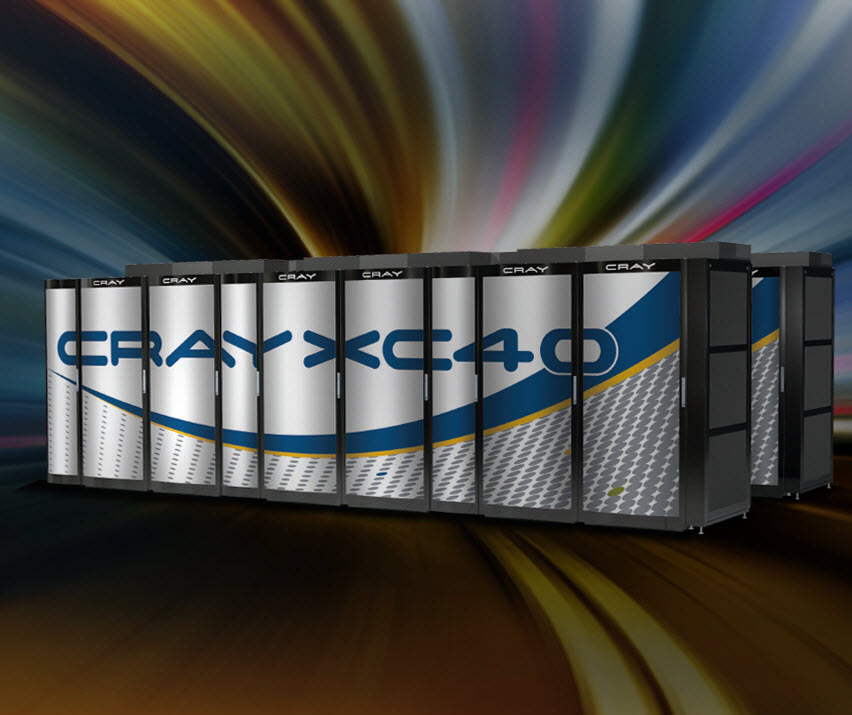 INFRA
INFRA
 INFRA
INFRA
 INFRA
INFRA
Venerable supercomputer maker Cray Inc. today is announcing an analytics software suite for its XC family of supercomputers that includes a variety of graph analytics, deep learning and big-data analytics tools.
With the Cray Urika-XC software suite, analytics and artificial intelligence workloads can run alongside scientific modeling and simulations without the need to move data between systems. This enables users to run converged analytics and simulation workloads in areas such as weather forecasting, predictive maintenance, medical simulation and fraud detection.
“You can run an HPC [high-performance computing] simulation, and then run analytics against that same data set without shuffling things around,” said Tim Barr, director of analytics and artificial intelligence product strategy at Cray. Another value proposition is in simplicity of installation. “You don’t have to worry about installing, configuring or the steps that go with building a cluster,” Barr said. “We’ve tried to take all of the complexity out.”
Although Cray has commercial customers, its core constituency is government agencies, academic institutions and scientific research organizations. The XC series supercomputers feature a clustered architecture that can achieve sustained performance of more than 500 petaflops per system. A petaflop is equivalent to one quadrillion floating-point operations per second. The systems incorporate Intel Corp. Xeon processors, Intel Xeon Phi coprocessors and NVidia Corp. Tesla graphics processing unit accelerators.
The software package the company is delivering comprises the Cray Graph Engine, Apache Spark, the BigDL distributed deep learning framework for Spark, the distributed Dask parallel computing libraries for analytics and the Python, Scala, Java and R languages. Cray said it will provide full support for the software suite. Most of the software is off-the-shelf open source, with the exception of the Graph Engine, an in-memory semantic graph database that includes Cray-specific extensions for large-scale graph problems.
Hadoop is not supported because of the requirement for local storage, Barr said. The XC has no disk-on-node and its Lustre file system isn’t optimized for the Hadoop Distributed File System. “We’re kind of overkill for Hadoop data lakes, anyway” Barr said.
Cray is targeting the package mainly at its existing customer base, where “a lot of customers track utilization because they make a big investment over the course of [the processor’s] life,” Barr said. “This lets them move more workloads through the machine they’ve already purchased.”
The Cray Urika-XC software suite will be available in third quarter. Pricing was not disclosed.
THANK YOU